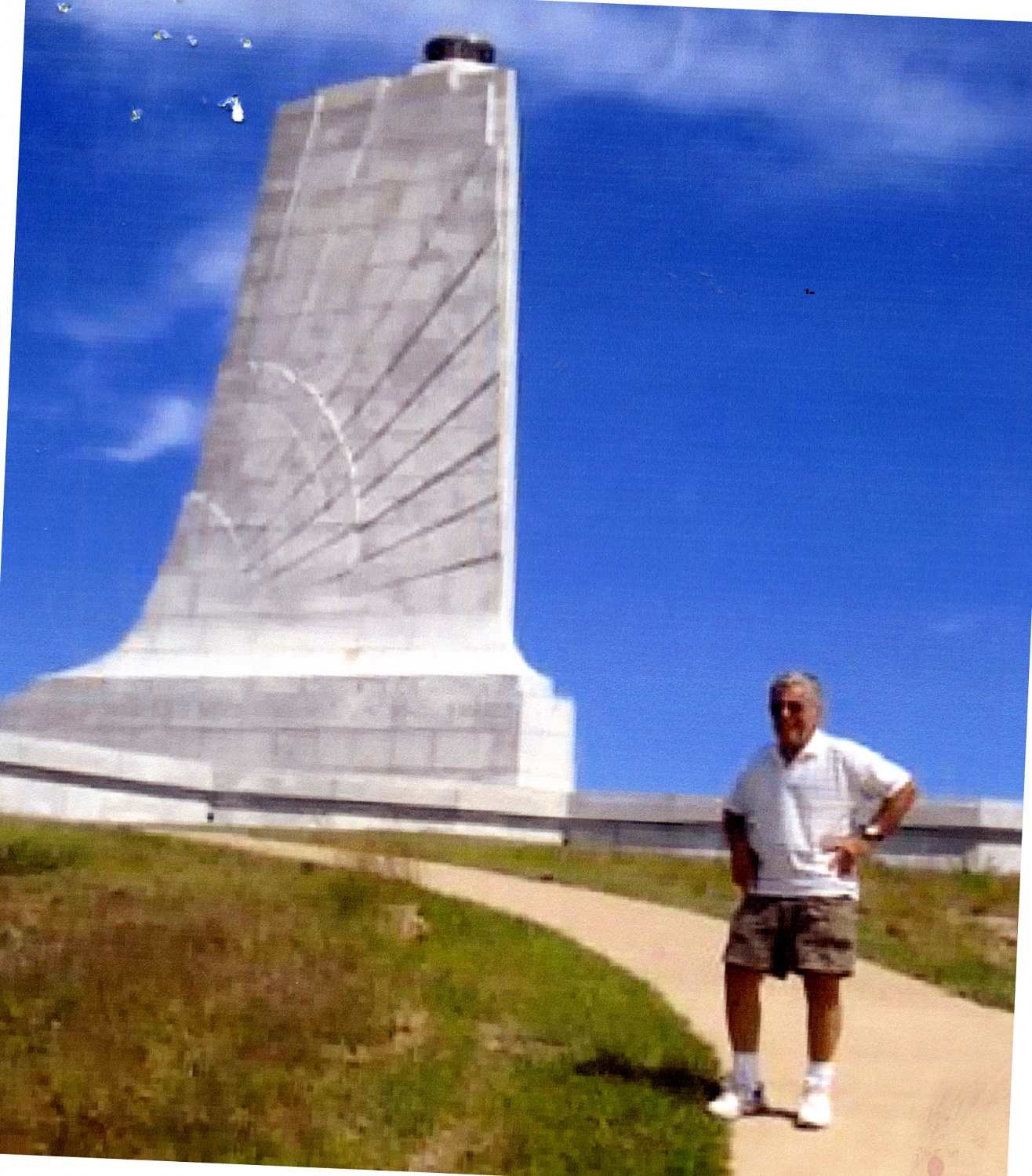Capt Francis P. Zurmuhlen

Foil: 14 Panel: Retired United Pilots Association Column: 2 Line: 75
Wall of Honor Level: Air and Space Friend
Honored by:
My career in aviation began on September 11, 1953, as a second lieutenant in the United States Air Force. As a member of Class 54-R, I entered primary flight training at Bainbridge air base in Bainbridge, Georgia. This phase of training took approximately six months to complete and began with 20 hours in the PA-18 super cub followed by 120 hours in the AT-6.
Upon completion of primary flight training, I was faced with the choice of taking either single- or multi-engine advanced training. Since I intended to pursue a career in commercial aviation following my military service, I opted for the multi-engine advanced training program.
Immediately following primary pilot training, Class 54-R was granted two weeks leave before advanced pilot training was expected to begin. During these two weeks, I returned to Washington DC, married my college sweetheart on April 25, and drove approximately 1,800 miles to Reese Air Force Base in Lubbock, Texas, to begin advanced training on April 29, 1954.
Multi-engine training consisted of 20 hours in the T-28, intended to familiarize us with the nose-wheel landing gear type aircraft, with the remaining 140 hours in the North American B-25, affectionately known as the "Baker Two-Bits", a World War II type medium-range bomber. Having successfully completed advanced pilot training, I graduated with the rest of Class 54-R at Reese Air Force Base on September 15, 1954.
My initial tour of duty was with the 3605th AOTW at Ellington Air Force Base in Houston, Texas, a wing of the USAF training command assigned the task of training Air Force navigators. This training was conducted in T-29 equipment, commercially designated as Convair 240.
Six months prior to my discharge from active duty with the Air Force, I interviewed with Capital Airlines in Washington DC. I was offered and accepted the position of copilot with Capital, to commence with ground school training on September 14, 1956.
Relieved from active duty with the Air Force, in Houston, Texas, on September 11, 1956, I drove non-stop with my wife and two children to Washington DC, arriving September 13 to begin my commercial aviation career. Following completion of the two-week copilot ground school, along with familiarization flights in the Douglas DC-3, I began flying as copilot with Capital.
During my first four years with Capital Airlines, in addition to flying the DC-3, I flew the Lockheed 049 Constellation, Vickers Viscount, and Douglas DC-6 and DC-7. In 1960 I bid and was awarded a flight engineer position on DC-6 and DC-7 type aircraft. During the three years I worked as fight engineer, Capital Airlines was acquired by United Airlines in 1961.
In 1963 I resumed flying as copilot on DC-6, DC-7, and Boeing 727 equipment. Captain check-out occurred on DC-6 and DC-7 in 1968, on Boeing 737 in 1970, on Boeing 727 in 1974, and in July, 1986, I checked out as captain on the Douglas DC-10. Having reached age 60 two and a half years later, I retired from commercial aviation on January 1, 1989.
Although no longer flying commercially, at the age of 76, 1 still enjoy flying recreationally on a Cirrus SR22.
Wall of Honor profiles are provided by the honoree or the donor who added their name to the Wall of Honor. The Museum cannot validate all facts contained in the profiles.
Foil: 14
All foil images coming soon.View other foils on our Wall of Honor Flickr Gallery

